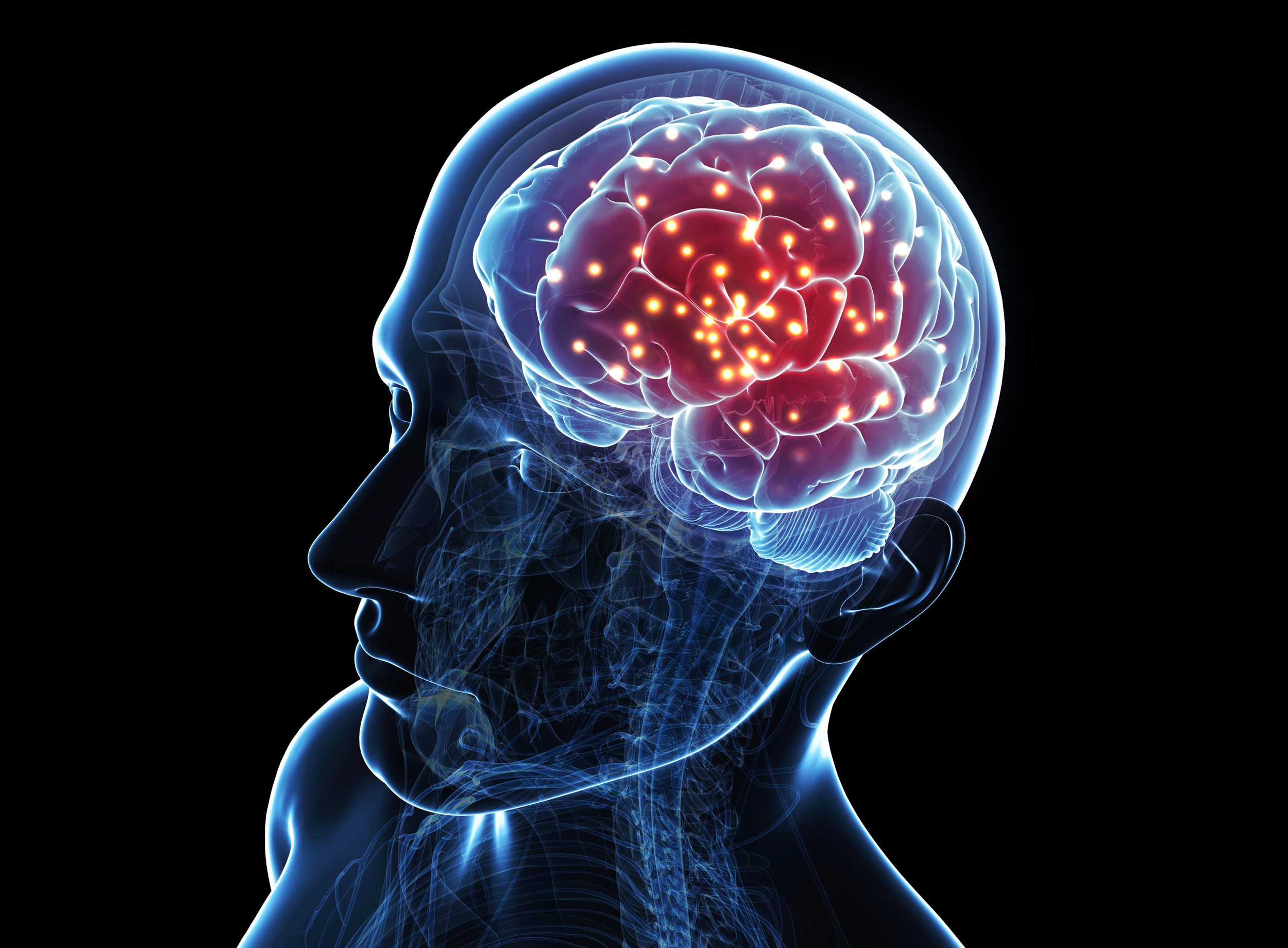
Memory: How Information Is Stored, Retained And Retrieved
It is difficult to imagine what life would be like without memory. The meaning of thousands of everyday perceptions, the basis for each decision, the source of every habit and skill lie in the results of past experiences brought into the present by memory.
Memory can be defined as the capacity to keep information available for later use. It includes not only “remembering” things like arithmetic or historical facts, but also any change in the way an animal typically behaves. Memory is involved when a rat gives up eating grain because he’s sniffed something suspicious in the grain pile. Memory is also involved when a seven-year-old boy learns to swing a baseball bat.
Memory

Memory exists not only in humans and animals but also in some physical objects and machines. Computers, for example, contain devices for storing data for later use. It is interesting to compare the memory storage capacity of a computer with that of a human being. The instant access memory of a large computer may hold up to 100, 000 “words” – strings of alphabetic or numeric characters – ready for instant use. An average American teenager probably recognizes the meaning of about 100, 000 words of English. However, this is but a fraction of the total amount of information that he has stored: Consider, for example the number of faces and places that he can recognize on sight.
The use of words is the basis of the advanced problem-solving intelligence of human beings. A large part of a person’s memory is in terms of words and combinations of words. But while language greatly expands the number and kind of things a person can remember, it also requires a huge memory capacity. It may well be this capacity that distinguishes man, setting him apart from other animals.
The process of memory can be divided into three aspects. The initial storage of new information is called learning. Next there is retention: keeping the new information available. A failure retention is called forgetting: the loss of the new information over a period of time. Finally, there is the process by which stored information is utilized or retrieved.
In this article series, we will discuss some of the major aspects of learning, retention and forgetting and retrieval of memories. We will also consider the physical basis of memory storage in animals and how a person can make his memory work most effectively.
The Process of Learning

The essence of learning is that afterward an organism is able to react in a new way to an old situation. This change in an animal can be produced in several different ways. These include:
-
Adaptation
When a stimulus that produces a natural response is presented over and over again, the organism’s reaction becomes less and less vigorous. For example, the sound of a gun being fired would normally startle a person. But if he hears the gunfire a second, third… and tenth time, he ceases to be startled by the noise: his response has “adapted.”
This illustrates how experience can change the way in which an animal behaves; involved is a simple form of memory. This kind of learning is only temporary: a short rest will usually restore the effectiveness of the stimulus.
-
Imprinting
One special kind of memory formation occurs in some animals very early in life, as the following example illustrates. A week-old duckling will follow its mother and only its own mother, everywhere. But a 12-hour-old duckling will follow anything that moves, even a block of wood. It turns out that a duckling learns to follow the first thing that passes him at the right speed during a particular “critical period” in his development, about one day of age. Whatever he follows, during this period, he will always follow. Because this kind of learning occurs rapidly and is hard to undo, it has been called “imprinting.”
To learn about the other elements of change, come back for part 2!
You May Also Like

What Happens To Your Brain During Sex
2022-02-11
Top 3 Things To Improve Customer Satisfaction In Your Pharmacy
2022-12-27


